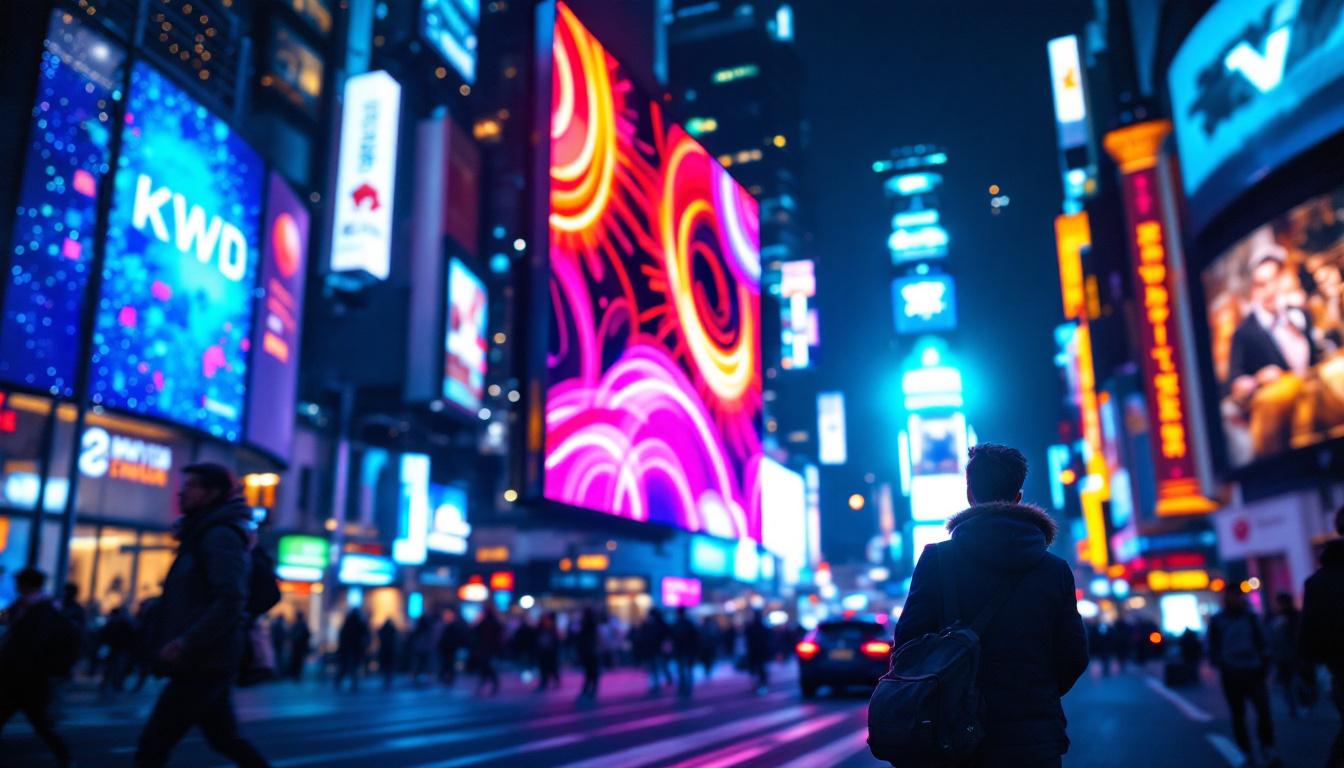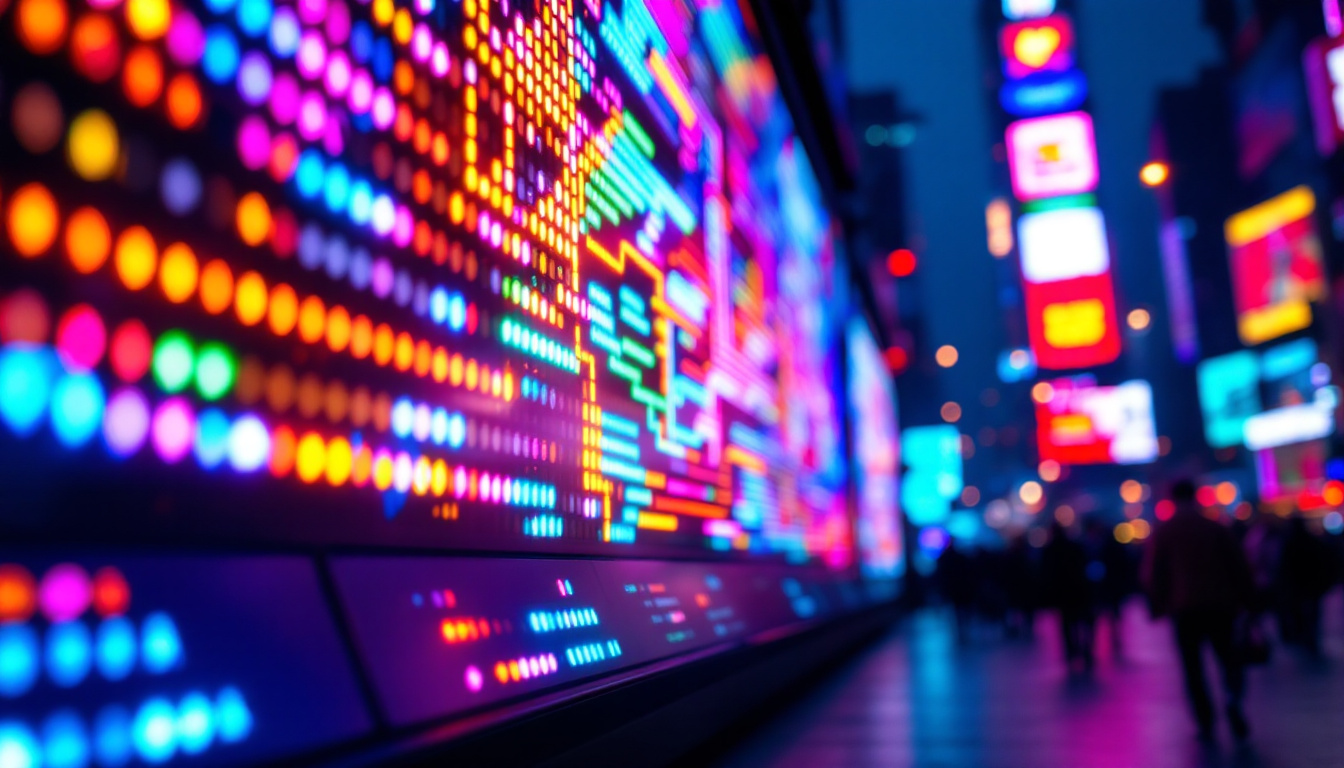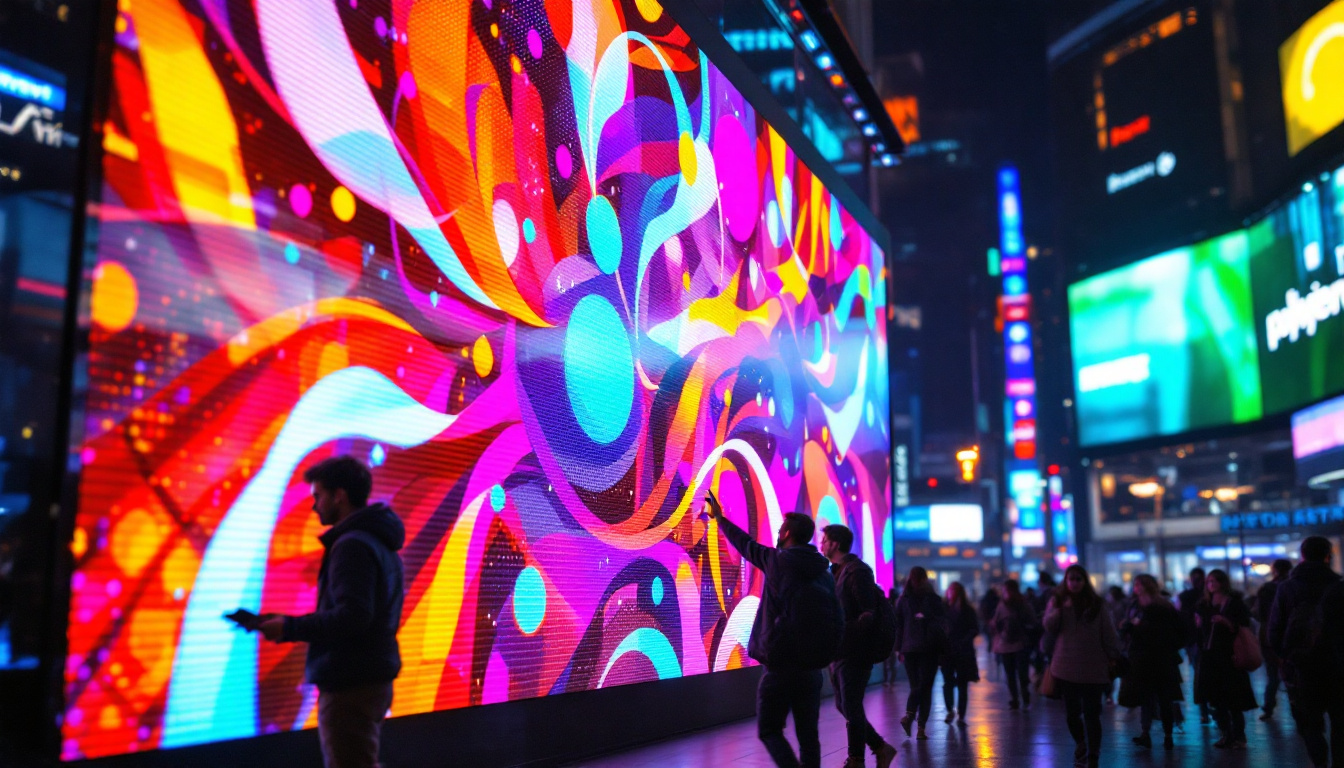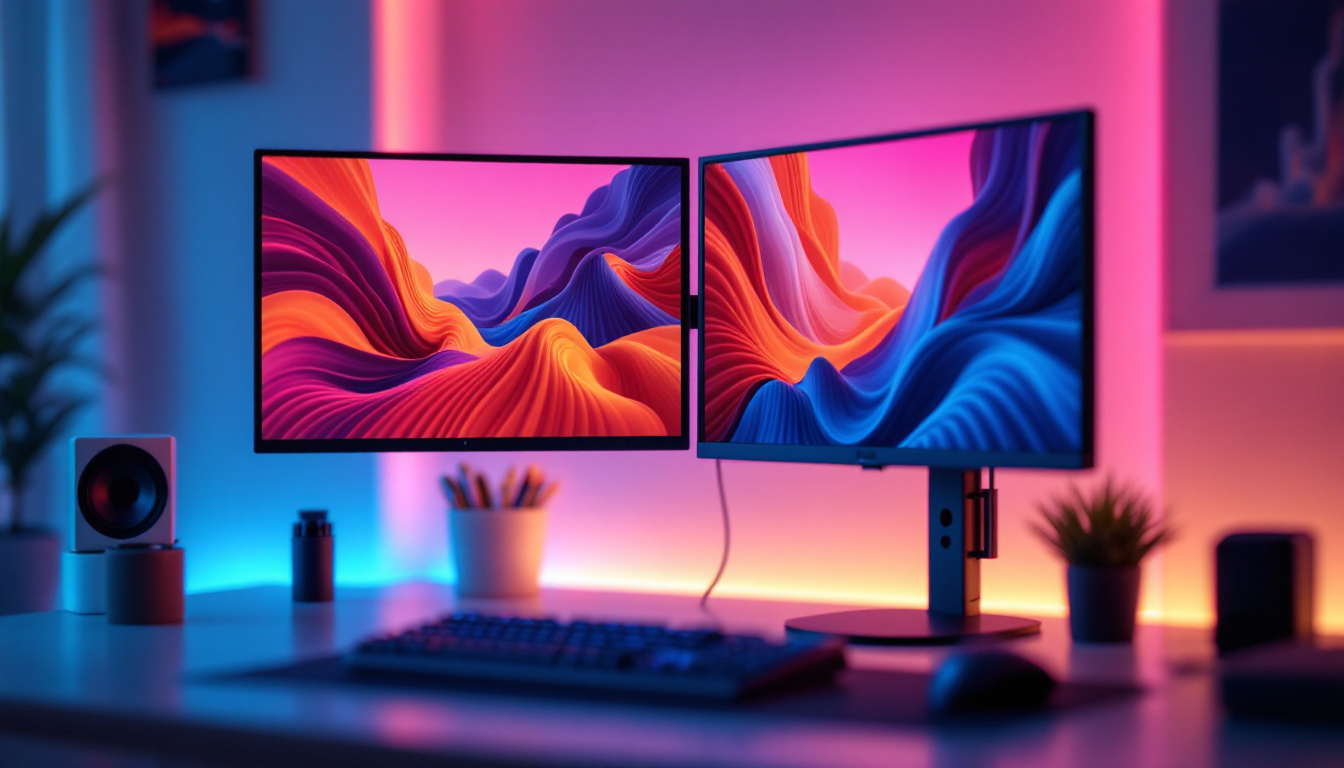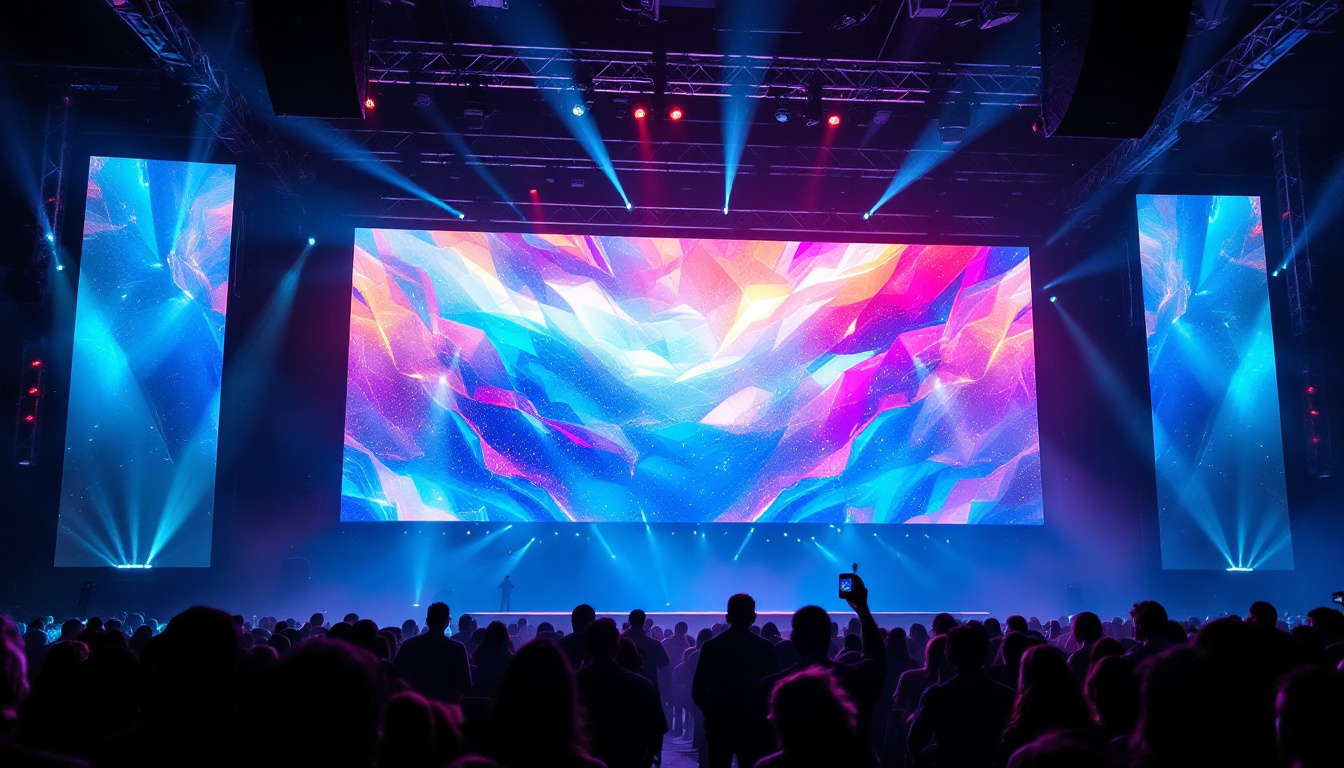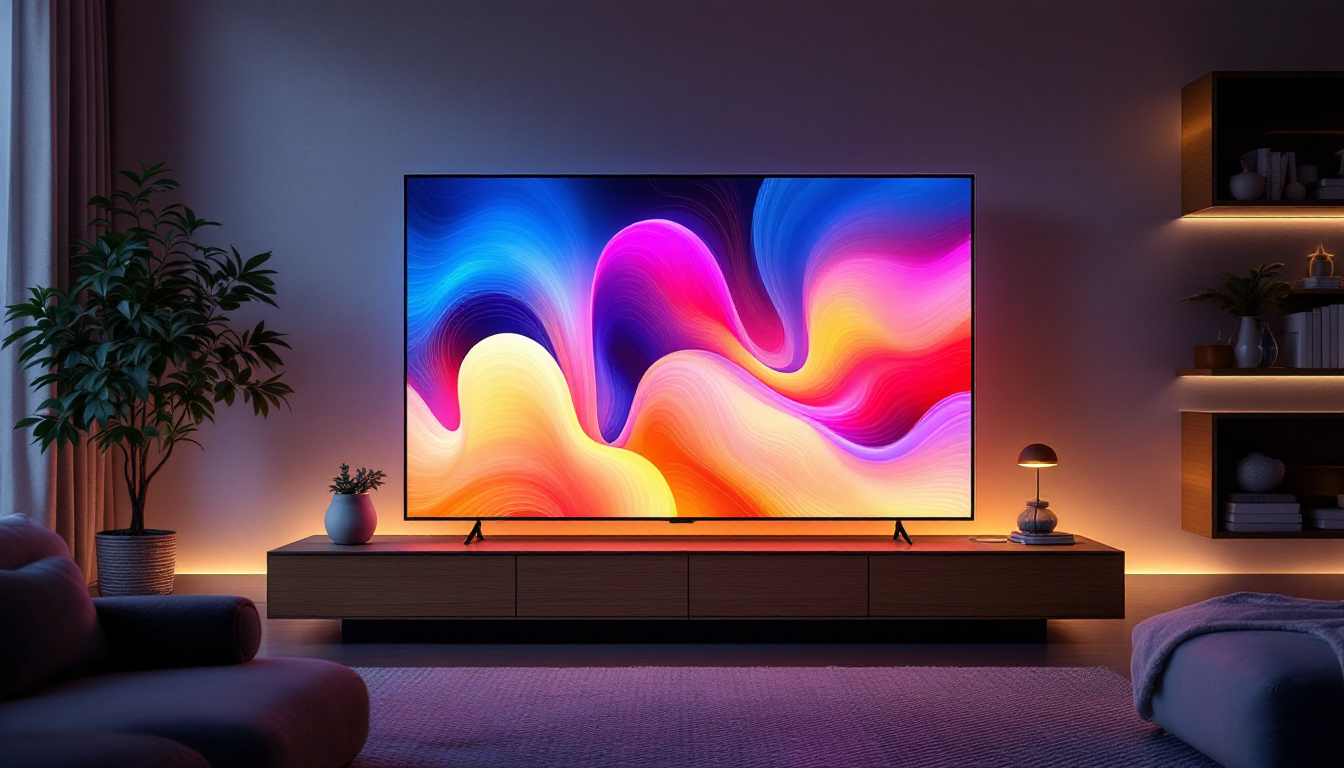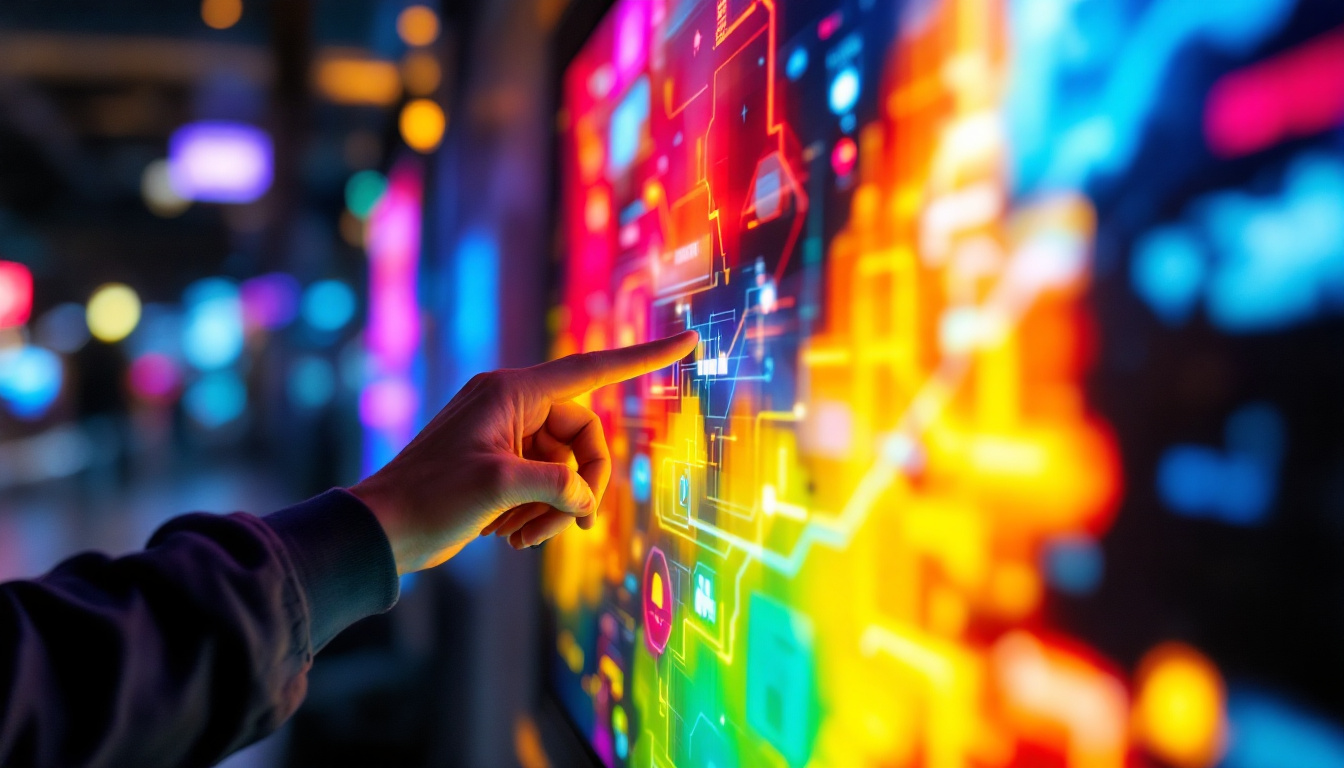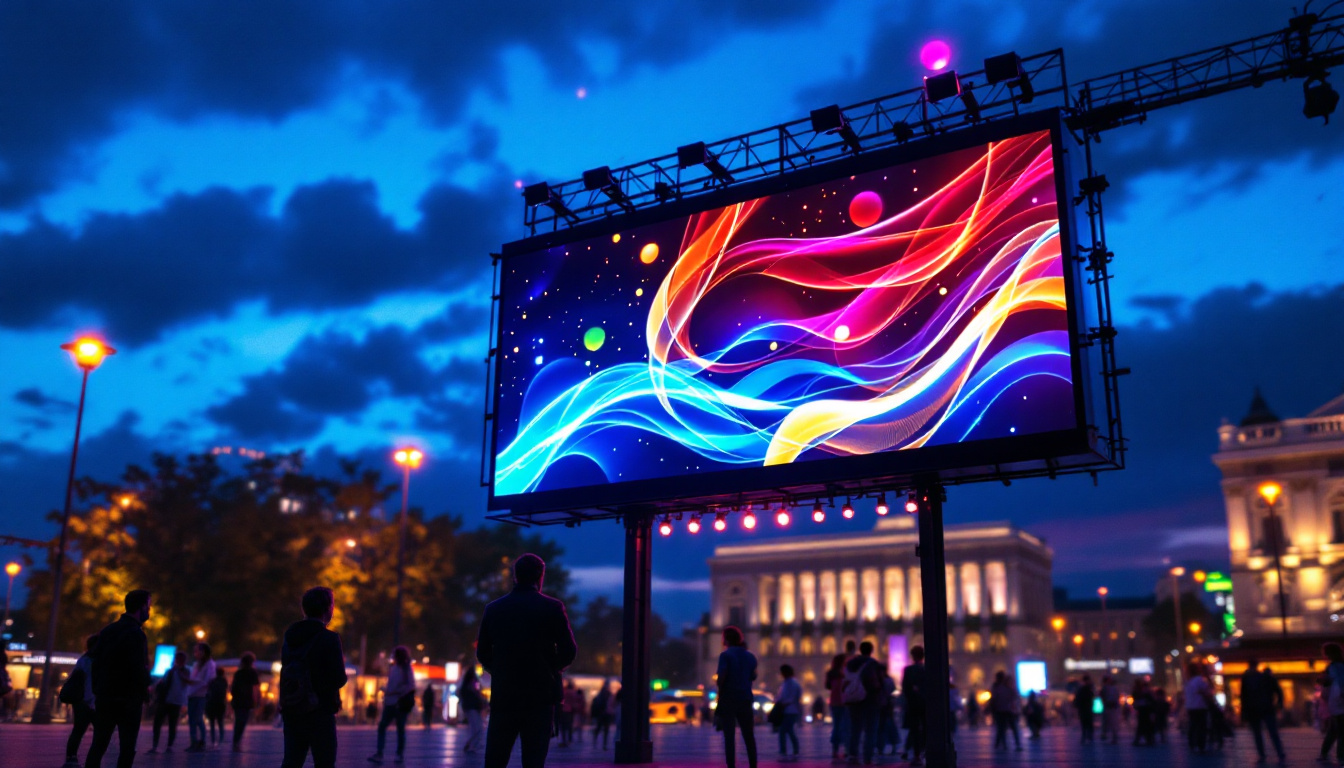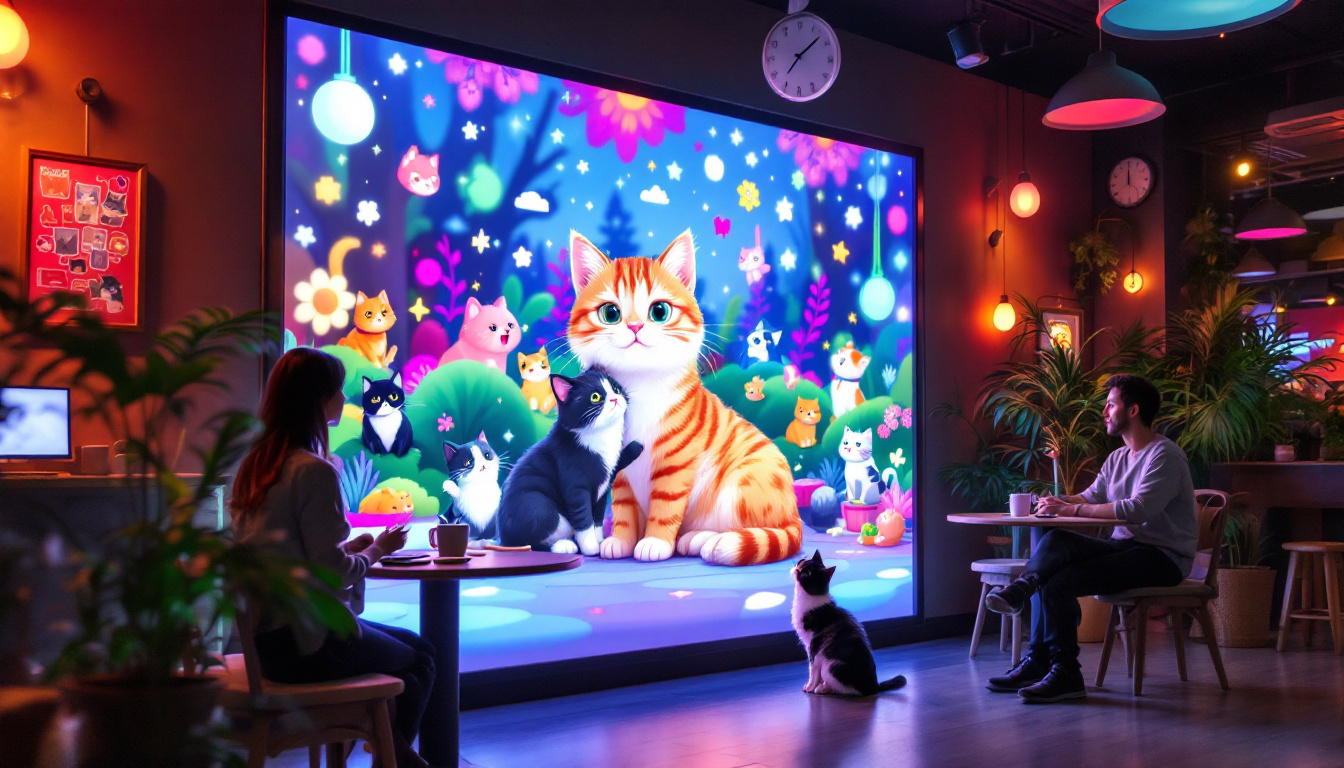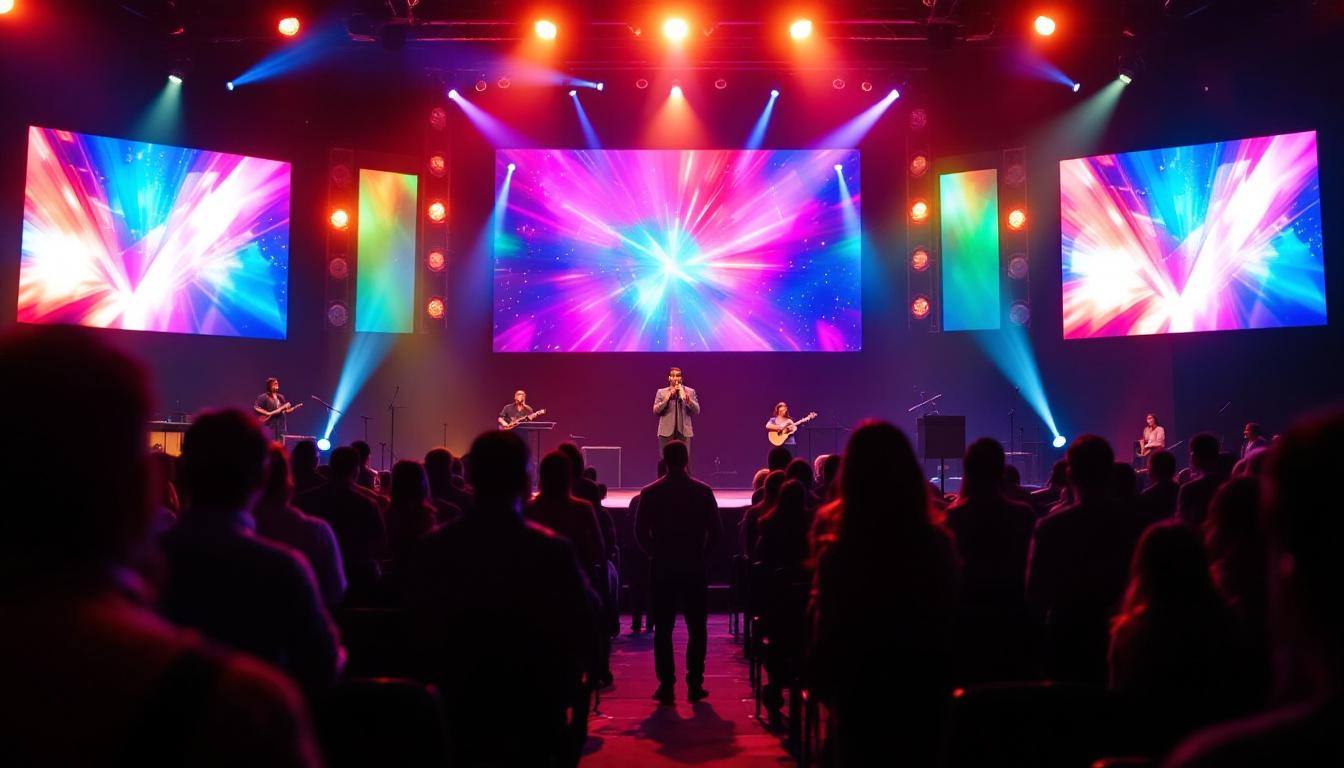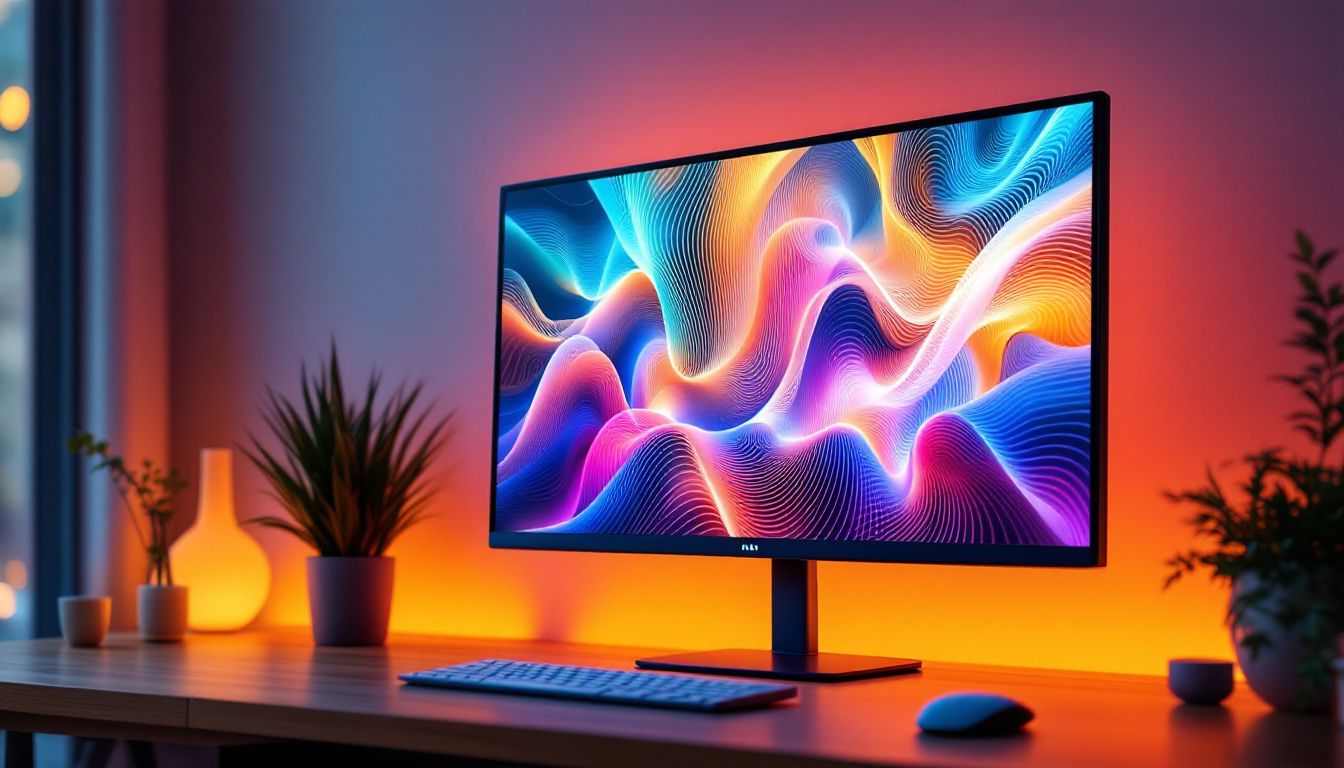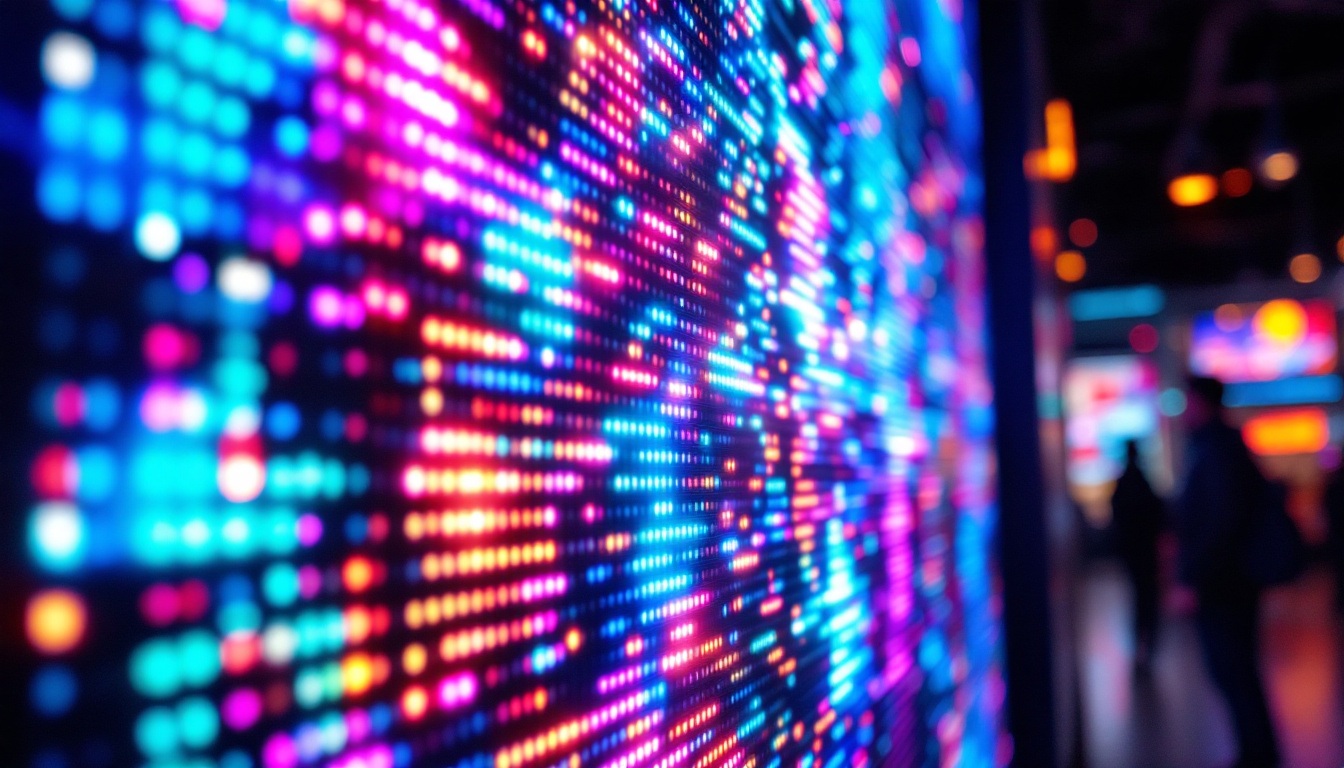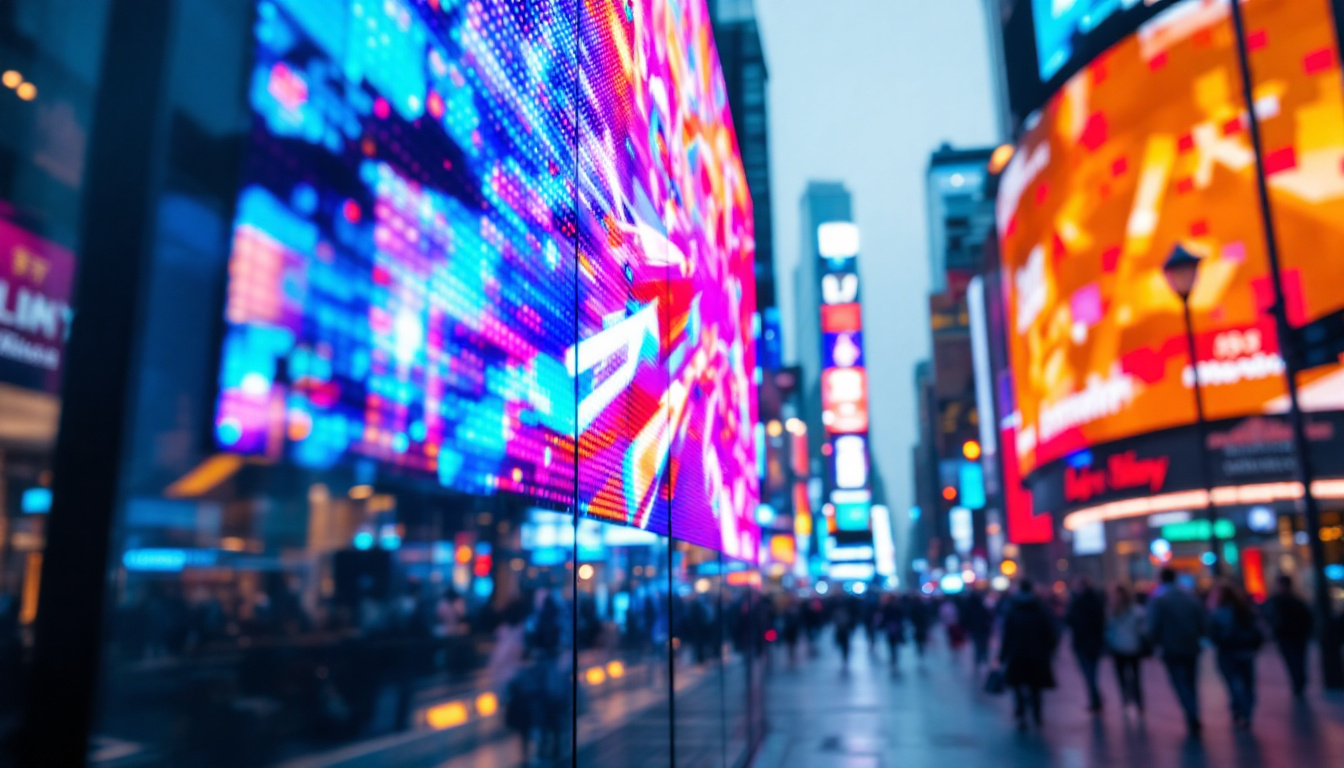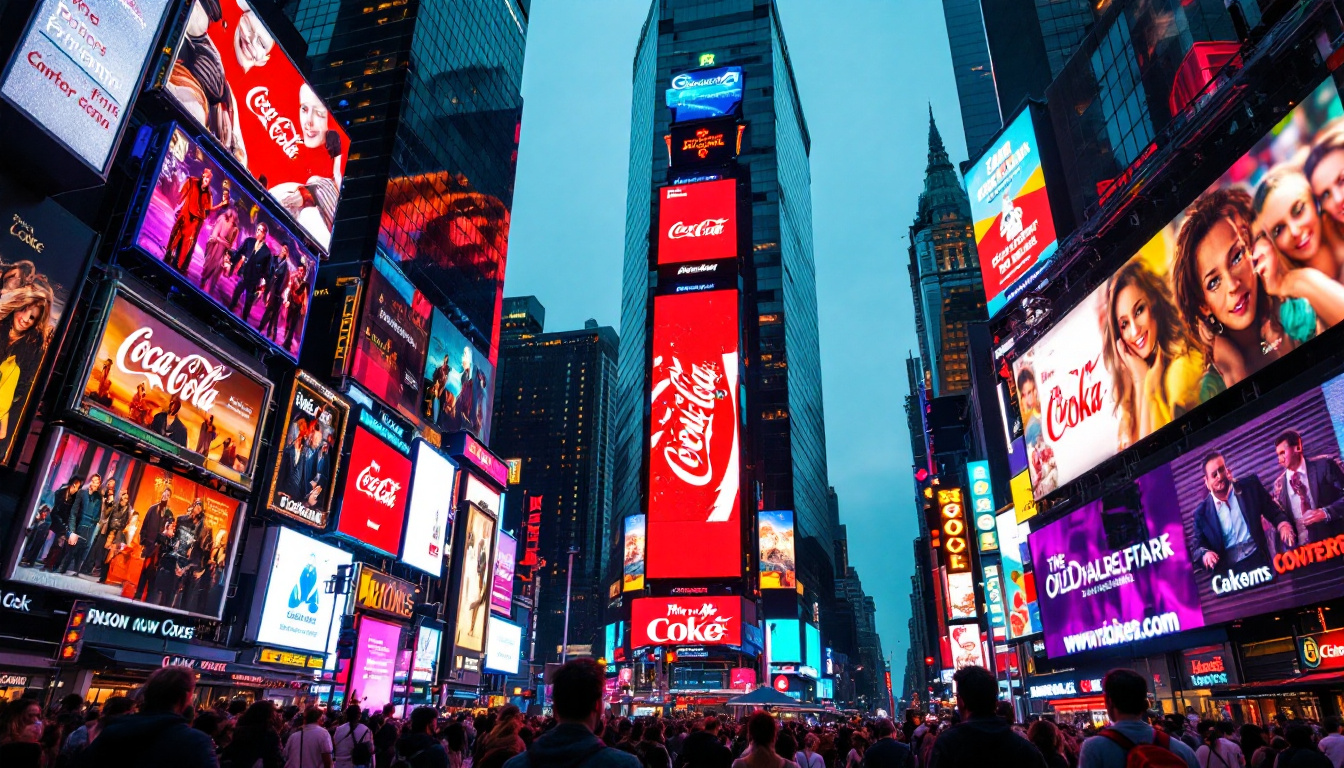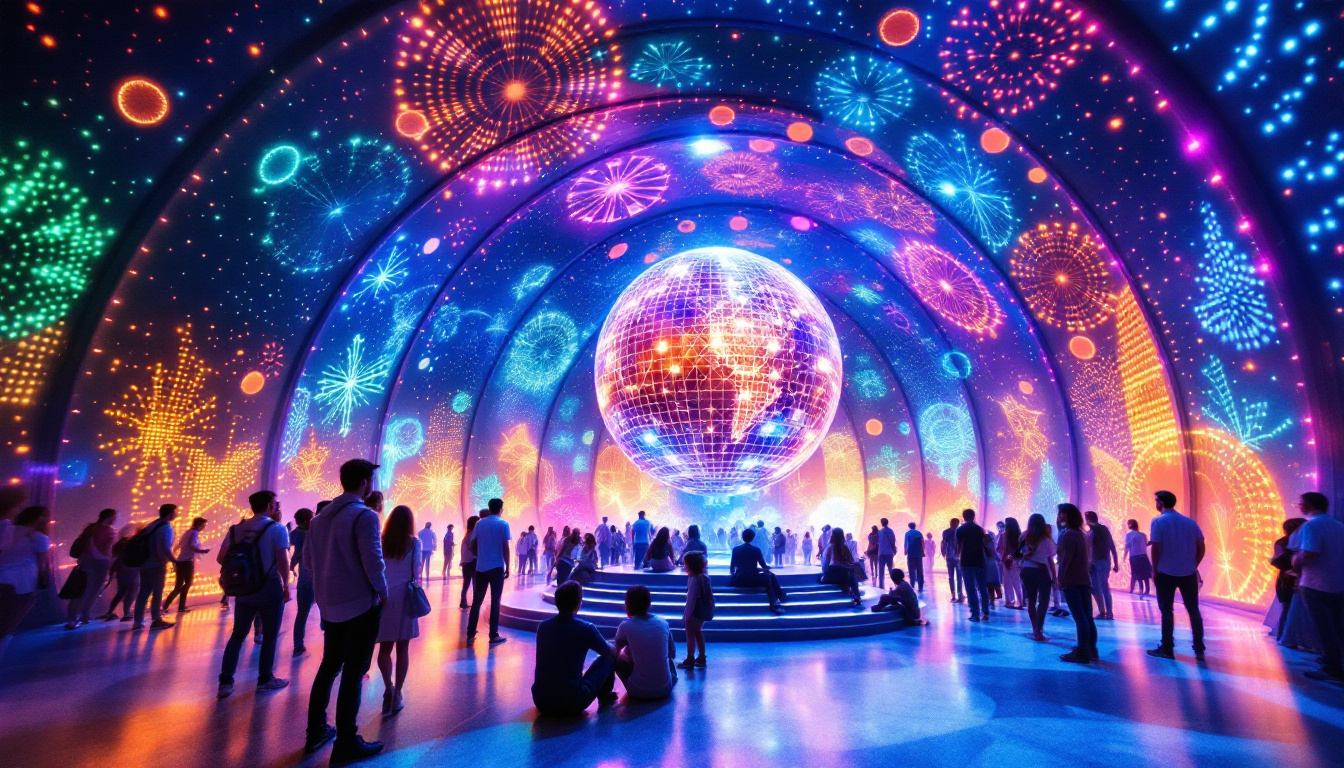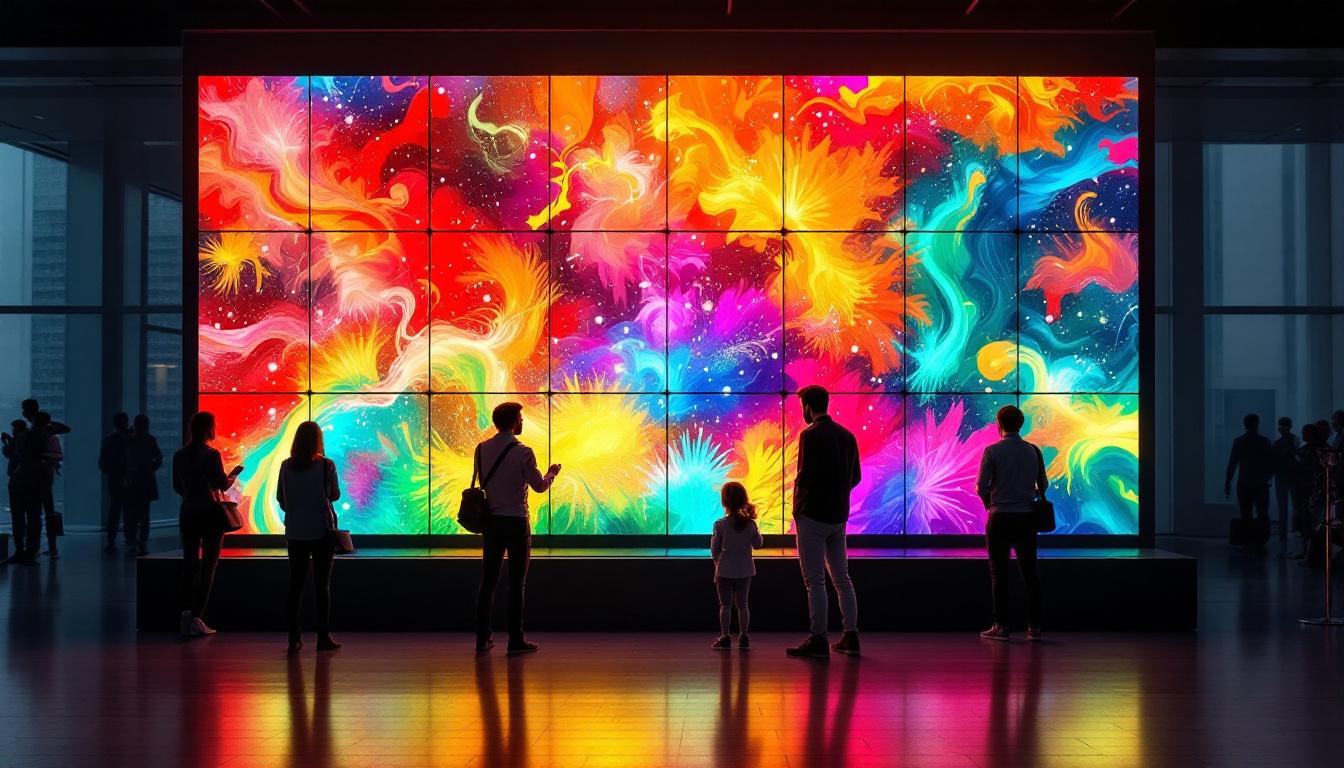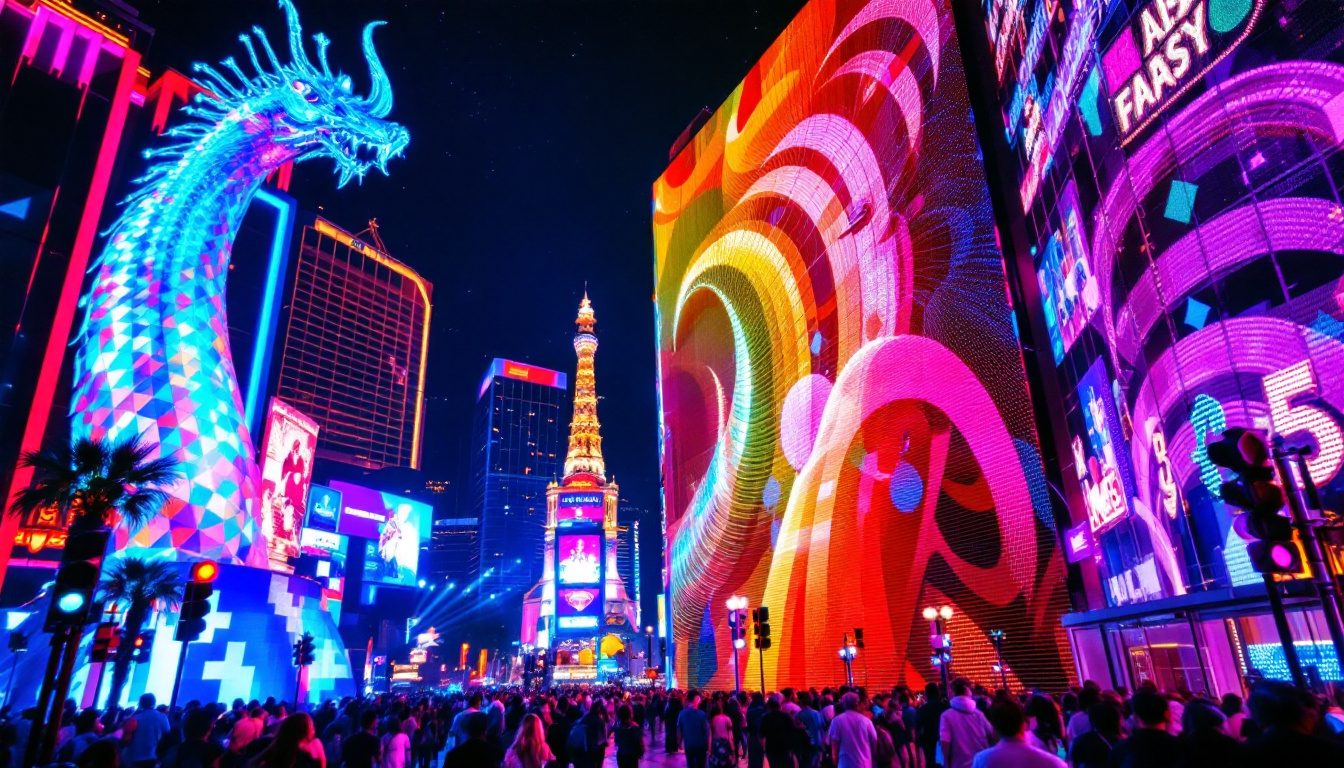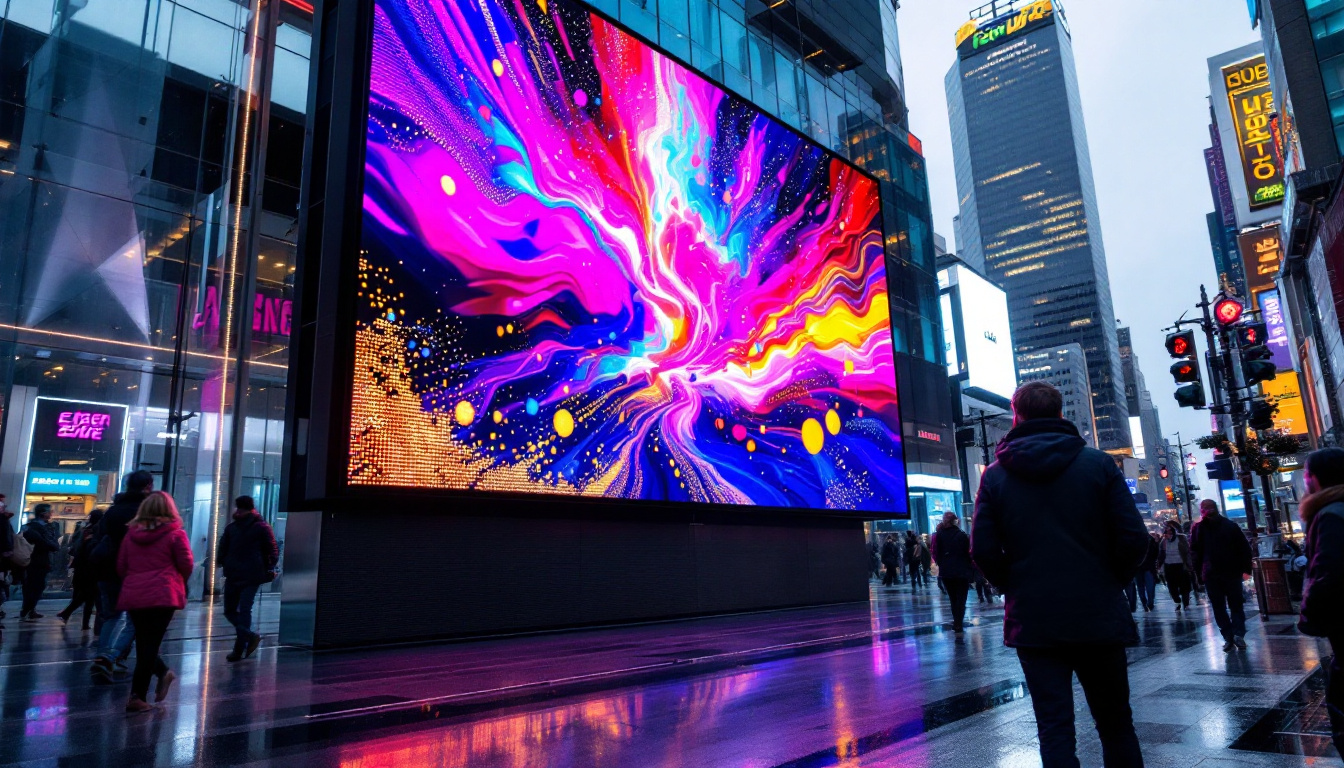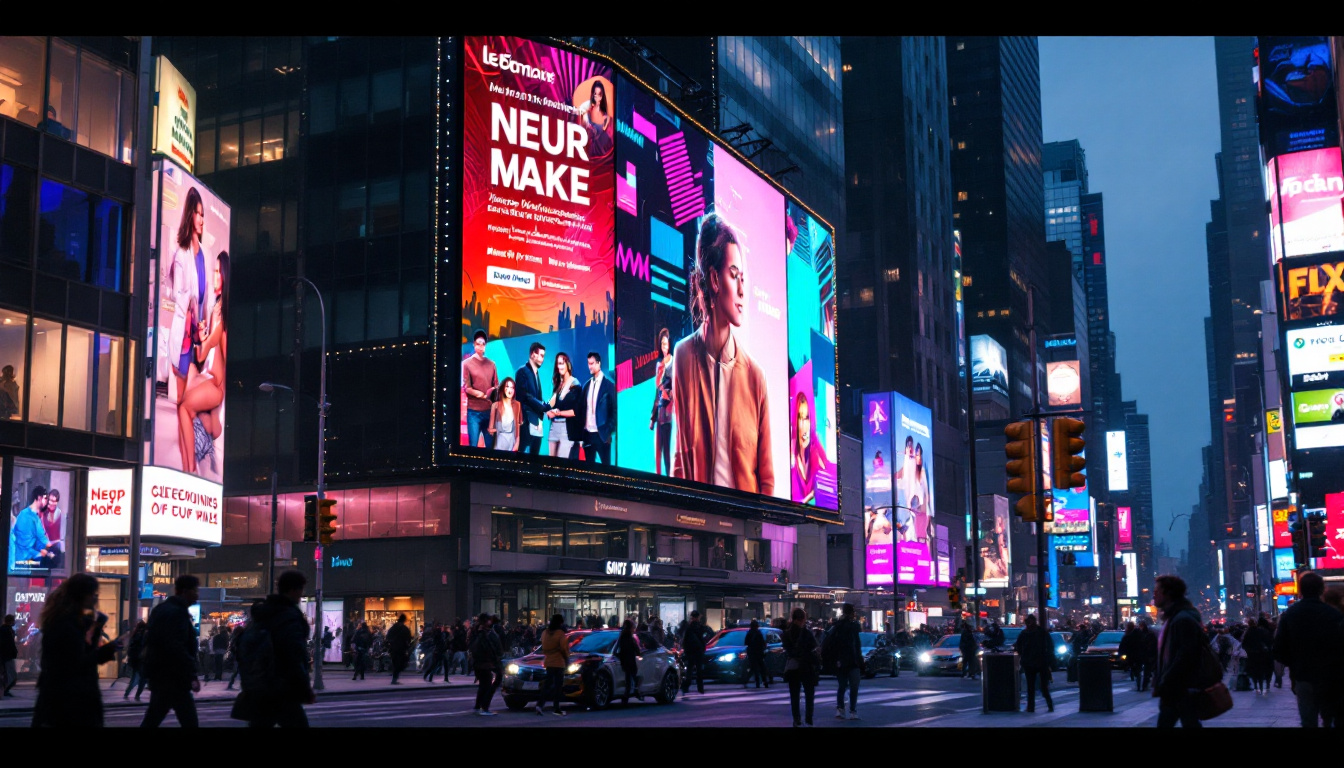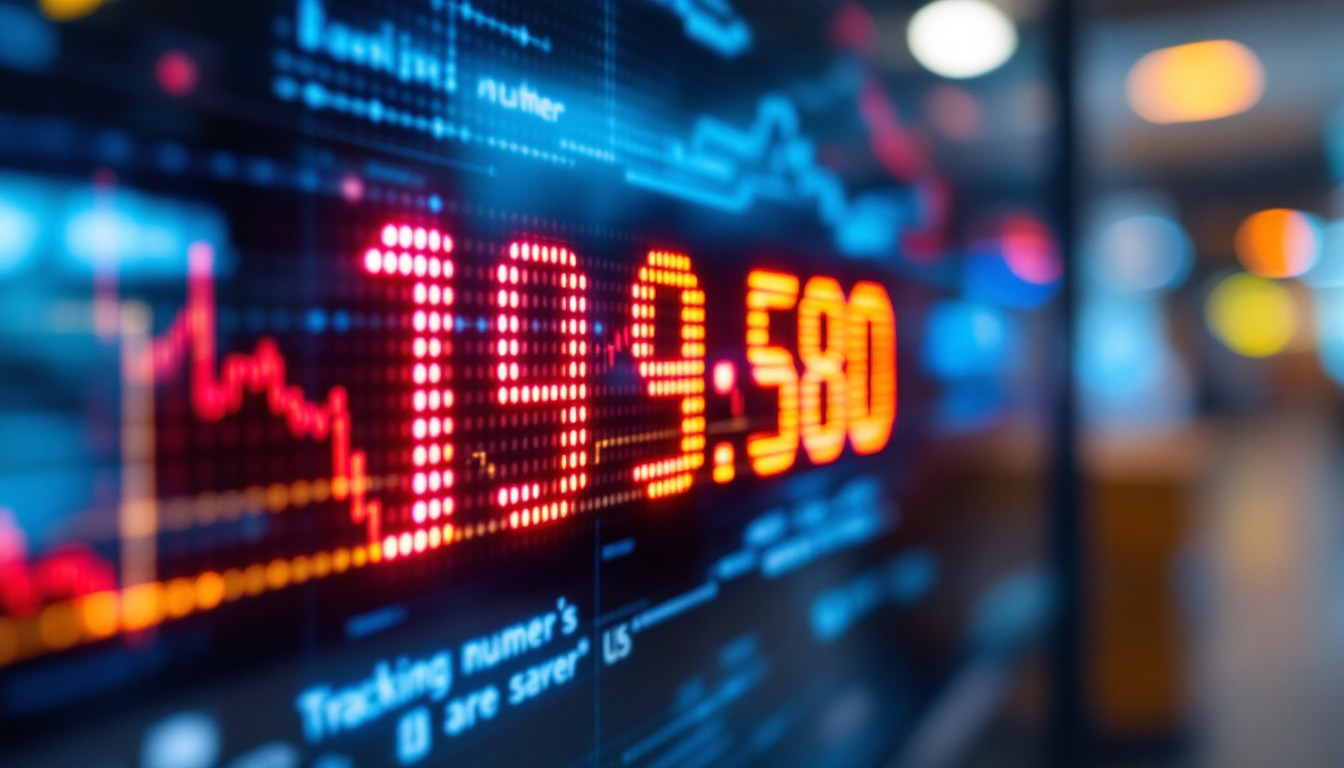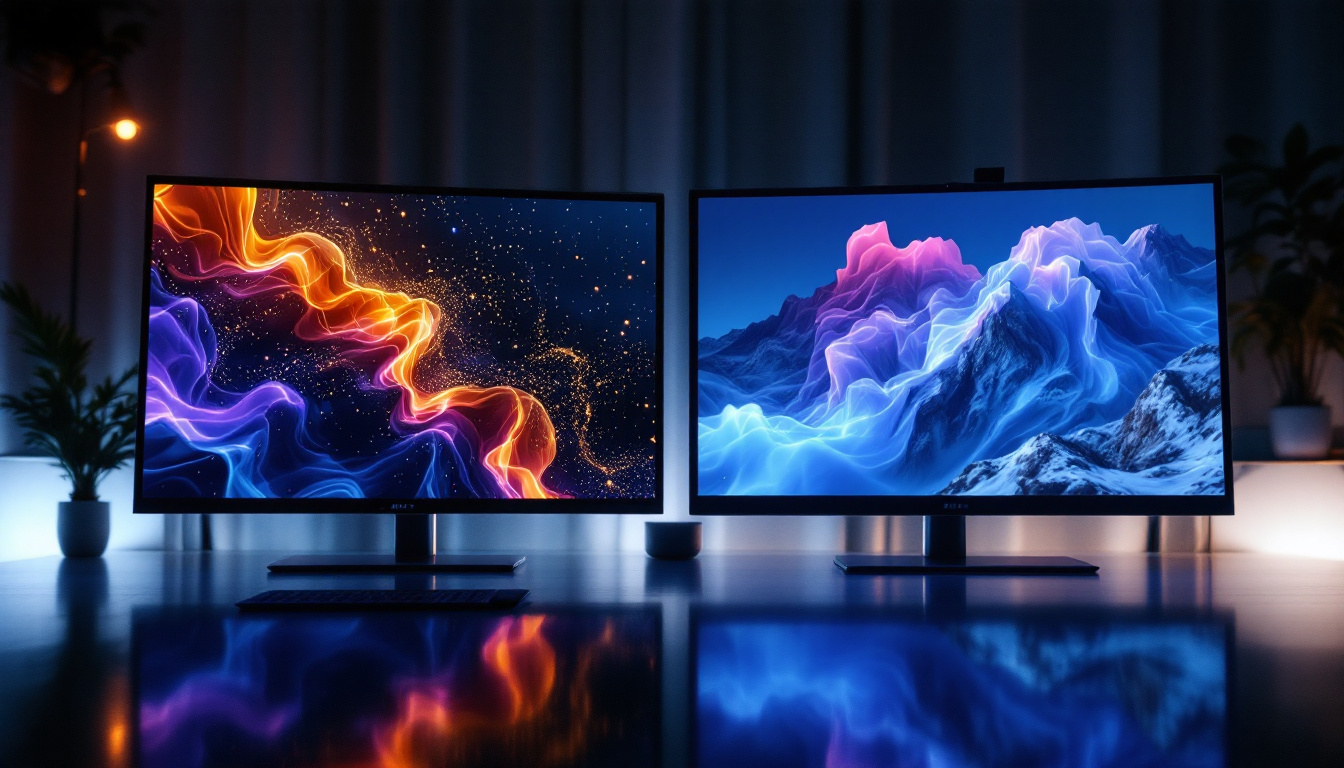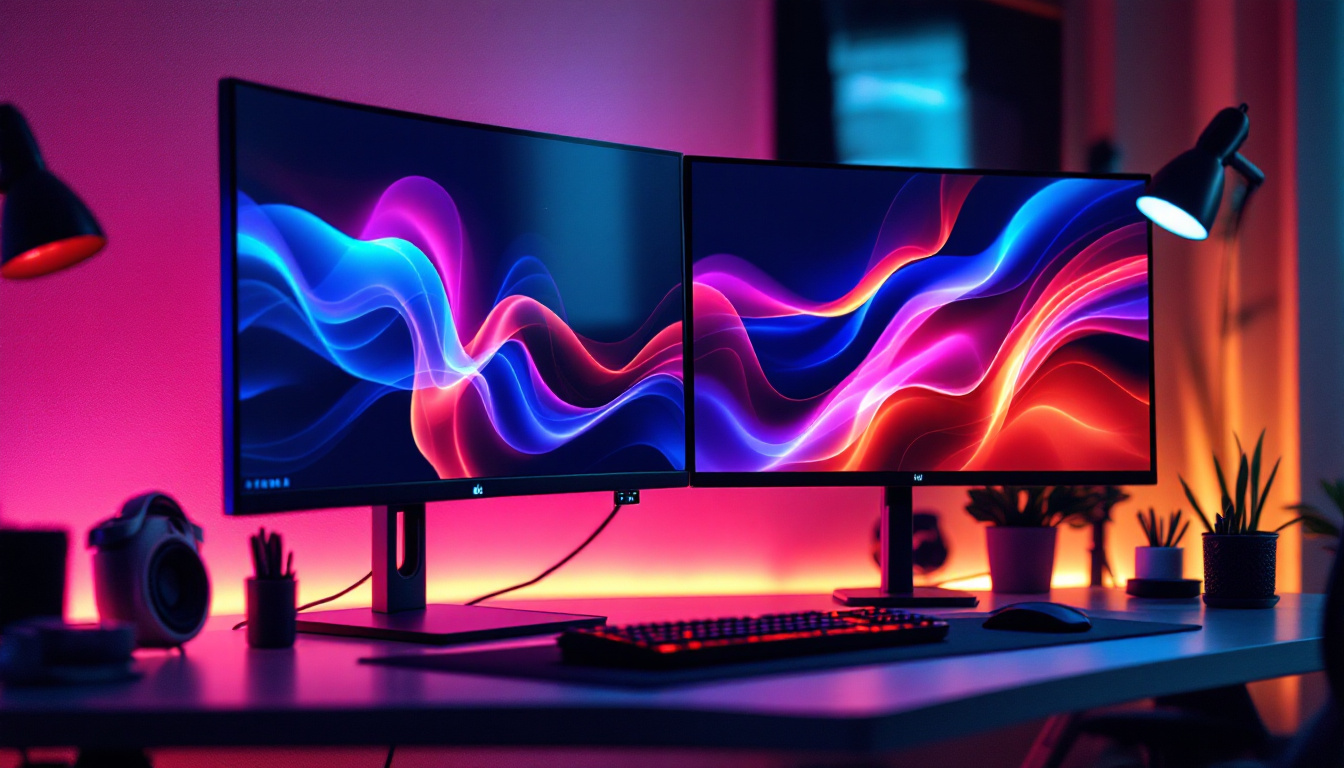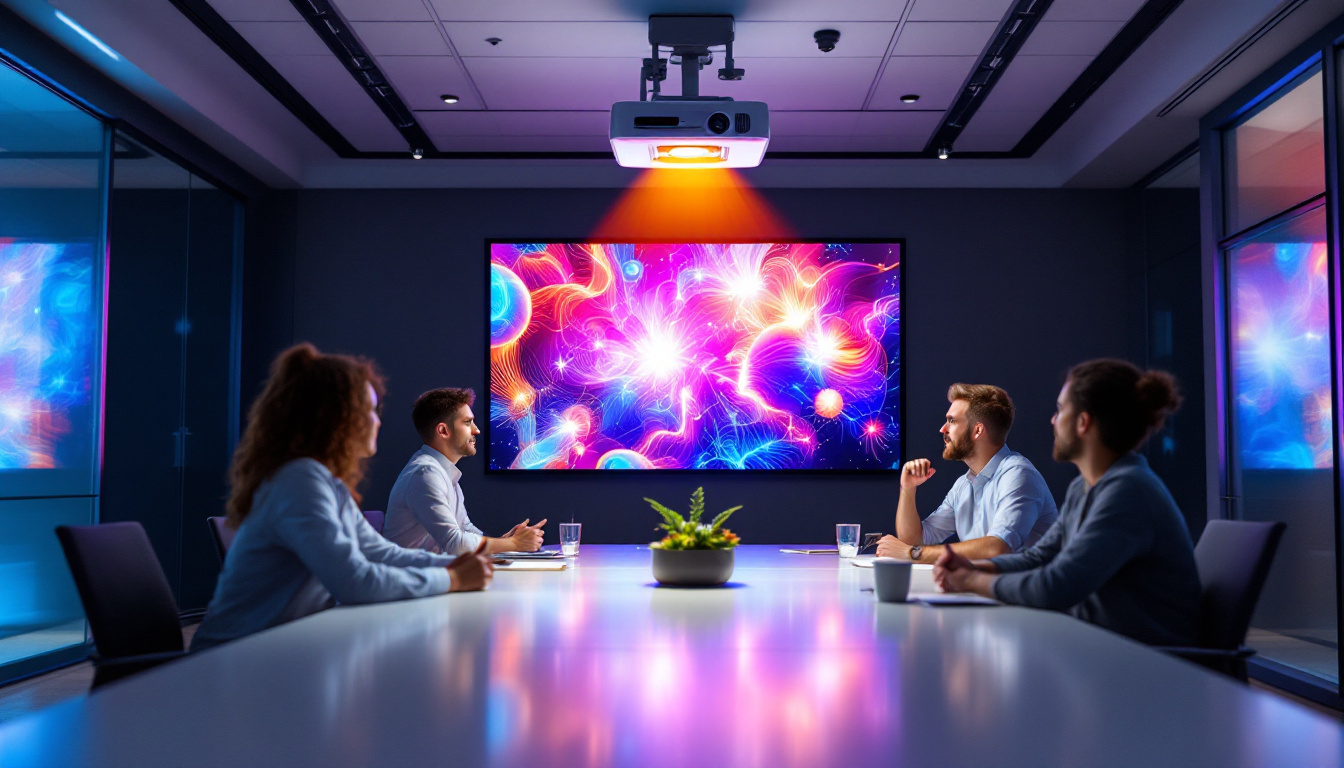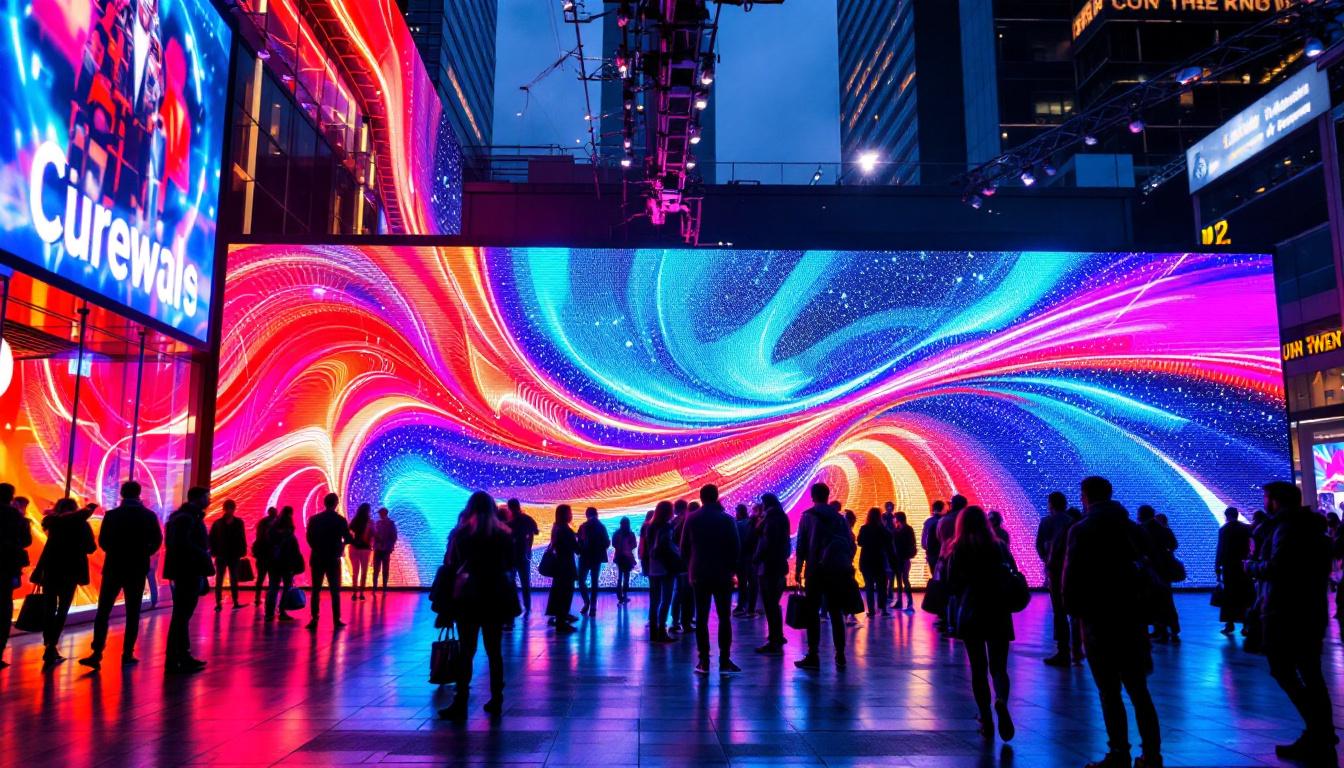In today’s digital era, LED displays have become a cornerstone of visual communication, ranging from smartphones and televisions to massive outdoor billboards and stadium screens. Their vibrant colors, energy efficiency, and versatility make them a preferred technology across numerous industries. This comprehensive article delves into the world of LED displays, exploring their technology, types, applications, and future trends.
Understanding LED Display Technology
At its core, an LED (Light Emitting Diode) display is a flat panel that uses an array of tiny light-emitting diodes as pixels to create images. Unlike traditional LCDs that rely on backlighting, LEDs generate their own light, resulting in higher contrast ratios and better color accuracy.
The fundamental principle behind LED displays involves semiconductors that emit light when an electric current passes through them. This electroluminescence process allows LEDs to produce bright, vivid images with remarkable energy efficiency compared to older display technologies.
How LED Displays Work
Each pixel in an LED display consists of one or more diodes that emit red, green, and blue light. By varying the intensity of these three colors, the display can produce a broad spectrum of colors. The control system modulates each diode’s brightness to render the desired image or video.
Modern LED displays often incorporate advanced driver ICs (integrated circuits) that enable precise control over each pixel, allowing for high-resolution images and smooth motion rendering. Additionally, the modular design of many LED panels facilitates scalability, enabling displays of virtually any size.
Key Advantages of LED Displays
LED displays offer several significant benefits that have driven their widespread adoption:
- Brightness and Visibility: LEDs can achieve brightness levels exceeding 1,000 nits, making them ideal for both indoor and outdoor use, even under direct sunlight.
- Energy Efficiency: LEDs consume less power compared to LCD and plasma displays, contributing to lower operating costs and environmental impact.
- Long Lifespan: High-quality LED displays can last upwards of 100,000 hours, reducing the need for frequent replacements.
- Thin and Lightweight: The compact nature of LEDs allows for sleek, lightweight displays suitable for diverse installation environments.
- Wide Viewing Angles: LED displays maintain color accuracy and brightness over wide viewing angles, enhancing the audience experience.
Types of LED Displays
LED displays come in a variety of forms, each tailored to specific applications and environments. Understanding these types helps in selecting the right display for a given purpose.
1. Indoor LED Displays
Indoor LED displays are designed for environments with controlled lighting, such as conference rooms, retail stores, airports, and control centers. These displays typically have a higher pixel density (smaller pixel pitch) to ensure crisp images at close viewing distances.
For example, an indoor LED display with a pixel pitch of 1.5mm can deliver ultra-high-definition visuals suitable for corporate presentations or digital signage. Their brightness levels usually range from 800 to 1,200 nits, sufficient for indoor ambient lighting conditions.
2. Outdoor LED Displays
Outdoor LED displays are engineered to withstand harsh weather conditions and intense sunlight. They feature higher brightness levels, often exceeding 5,000 nits, to maintain visibility even in direct sunlight.
These displays are commonly used for billboards, sports arenas, transportation hubs, and public information systems. Their pixel pitch is generally larger (e.g., 4mm to 20mm) because they are viewed from greater distances, allowing for cost-effective large-scale installations.
3. Transparent LED Displays
Transparent LED displays are an innovative variant that integrates LEDs into glass panels, allowing light to pass through while displaying images. This technology is gaining traction in retail storefronts, museums, and architectural installations where maintaining natural light and visibility is important.
These displays typically have a lower pixel density and brightness compared to traditional LED panels but offer unique aesthetic and functional advantages by blending digital content with physical environments.
4. Flexible and Curved LED Displays
Advancements in materials and manufacturing have enabled the creation of flexible and curved LED displays. These displays can be bent or shaped to fit unconventional surfaces, opening new possibilities for creative advertising, stage design, and immersive experiences.
Flexible LED displays are often used in exhibitions, concerts, and retail environments where dynamic and eye-catching visuals are essential.
Applications of LED Displays
LED displays have revolutionized how information and entertainment are presented across various sectors. Their adaptability and performance make them suitable for a wide range of applications.
Advertising and Digital Signage
One of the most prominent uses of LED displays is in advertising. Digital billboards and signage leverage the brightness and dynamic capabilities of LEDs to capture attention and deliver targeted messages effectively. According to recent market research, the global digital signage market is expected to reach $31.71 billion by 2026, driven largely by LED technology adoption.
LED displays allow advertisers to update content in real-time, incorporate video and animation, and tailor messaging based on time of day or audience demographics, enhancing engagement and ROI.
Sports and Entertainment Venues
Large-scale LED displays have become standard fixtures in stadiums, arenas, and concert venues. They provide live video feeds, replays, scores, and interactive content that enhance the spectator experience.
For instance, the AT&T Stadium in Texas features one of the world’s largest high-definition LED video boards, measuring 160 feet wide and 72 feet tall. Such installations demonstrate the capability of LED technology to deliver immersive and impactful visuals on a massive scale.
Transportation and Public Information
LED displays are widely used in airports, train stations, and bus terminals to convey schedules, alerts, and wayfinding information. Their visibility and reliability ensure that travelers receive timely updates even in challenging lighting conditions.
Moreover, LED traffic signs and variable message signs on highways improve road safety by providing real-time information about traffic conditions, hazards, and speed limits.
Retail and Hospitality
In retail settings, LED displays enhance customer engagement through dynamic promotions, product information, and interactive experiences. Hotels and restaurants use LED screens for digital menus, event announcements, and ambiance creation.
The ability to customize content quickly and attractively helps businesses differentiate themselves and respond to changing customer preferences.
Corporate and Control Rooms
LED video walls are increasingly popular in corporate boardrooms, control centers, and command rooms. They provide high-resolution, large-format displays for presentations, data visualization, and monitoring critical operations.
The seamless scalability and reliability of LED displays make them ideal for environments where clear, real-time information is essential for decision-making.
Choosing the Right LED Display: Factors to Consider
Selecting an LED display that meets specific needs requires careful evaluation of several key factors. Understanding these parameters ensures optimal performance, cost-effectiveness, and longevity.
Pixel Pitch and Resolution
Pixel pitch, the distance between the centers of adjacent pixels, directly influences image clarity and viewing distance. Smaller pixel pitches yield higher resolution and are suited for close-range viewing, while larger pitches are acceptable for distant viewing scenarios.
For example, a retail store display might use a 1.2mm pixel pitch for crisp visuals up close, whereas a highway billboard might employ a 10mm pitch since viewers are far away.
Brightness and Contrast
Brightness levels must align with the installation environment. Outdoor displays require high brightness to combat sunlight, while indoor displays can operate at lower levels to reduce eye strain and energy consumption.
Contrast ratio, the difference between the darkest black and brightest white, affects image depth and color vibrancy. LED displays generally offer superior contrast compared to LCDs because each pixel emits its own light.
Durability and Weather Resistance
For outdoor installations, displays must be weatherproof, dust-resistant, and capable of operating across a wide temperature range. IP ratings (Ingress Protection) indicate the level of protection against solids and liquids, with IP65 or higher recommended for outdoor use.
Viewing Angle
A wide viewing angle ensures consistent image quality from different perspectives. This is particularly important in public spaces where audiences view the display from multiple directions.
Installation and Maintenance
Modular LED panels simplify installation and maintenance by allowing individual sections to be replaced or serviced without dismantling the entire display. Consideration of mounting options, accessibility, and support infrastructure is also vital.
The Future of LED Display Technology
LED display technology continues to evolve rapidly, driven by advances in materials science, manufacturing techniques, and integration with emerging digital trends.
MicroLED and MiniLED Innovations
MicroLED technology represents the next frontier, featuring microscopic LEDs that enable even higher resolution, brightness, and energy efficiency. Unlike OLEDs, MicroLEDs are inorganic and promise longer lifespans without burn-in issues.
MiniLEDs, which use smaller LEDs for backlighting in LCD panels, offer improved contrast and brightness, bridging the gap between traditional LED and MicroLED displays.
Interactive and Smart Displays
Integration of touch sensors, AI-powered content management, and IoT connectivity is transforming LED displays into interactive and intelligent platforms. These smart displays can adapt content dynamically based on user interaction, environmental conditions, and data analytics.
Sustainability and Energy Efficiency
As environmental concerns grow, manufacturers are focusing on reducing the carbon footprint of LED displays through improved energy efficiency, recyclable materials, and longer product lifecycles. Innovations like solar-powered LED billboards are also emerging.
Conclusion
LED displays have revolutionized visual communication by offering unparalleled brightness, color accuracy, and versatility across a myriad of applications. From indoor corporate environments to expansive outdoor advertising, their impact is profound and growing.
Understanding the underlying technology, types, and key considerations for selection empowers businesses and individuals to harness LED displays effectively. As innovations like MicroLED and smart interactive panels gain traction, the future promises even more immersive and sustainable visual experiences.
For anyone looking to invest in display technology, staying informed about LED advancements and application-specific requirements is essential to making the right choice and maximizing value.
Discover LumenMatrix LED Display Solutions
Ready to elevate your visual communication strategy with the latest in LED display technology? LumenMatrix offers a comprehensive range of innovative LED display solutions tailored to your unique needs. From captivating Indoor LED Wall Displays to dynamic Outdoor LED Wall Displays, and from versatile Vehicle LED Displays to engaging LED Sports Displays, our products are designed to make your brand shine. Experience the future of digital signage with our Custom LED Displays, All-in-One LED Displays, and LED Transparent Displays. Embrace the power of cutting-edge technology with LumenMatrix and transform how you connect with your audience. Check out LumenMatrix LED Display Solutions today and start creating unforgettable visual experiences.

